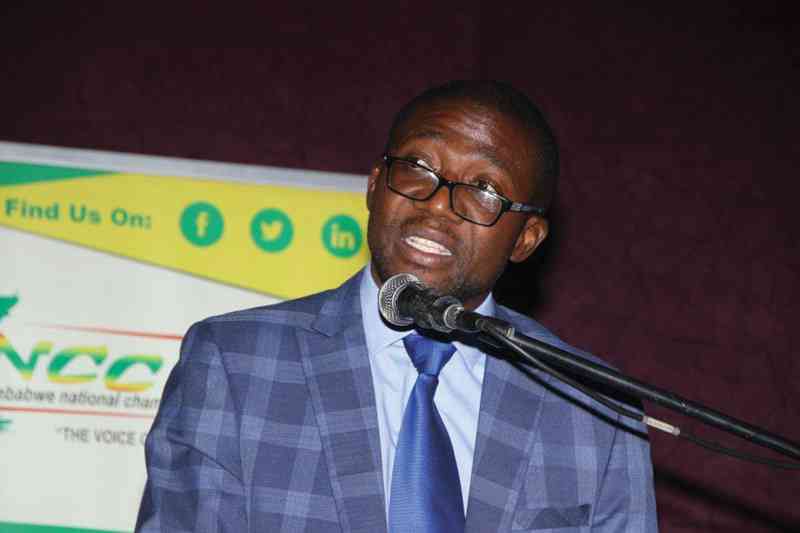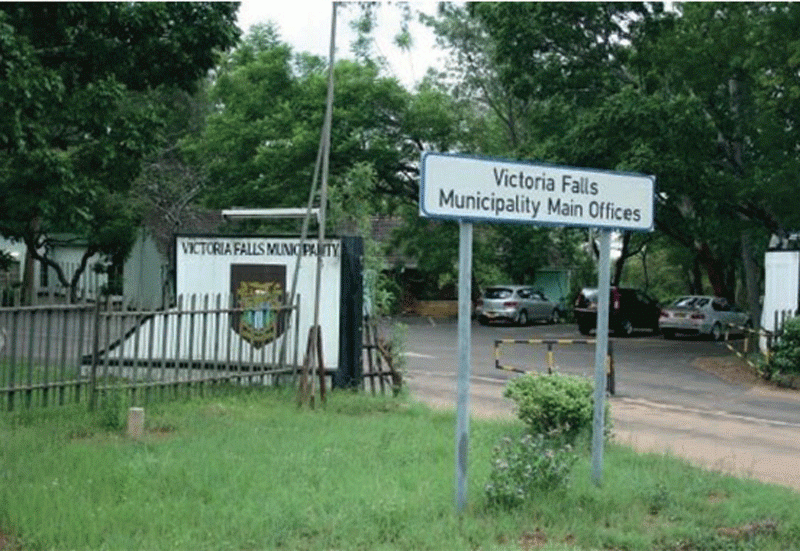
ZIMBABWE and Zambia have signed a memorandum of understanding (MoU) to establish the Lower Zambezi Mana Pools Transfrontier Conservation Areas (LOZAMAP-TFCA) amid calls for such project to benefit communities displaced and affected by the programmes.
The LOZAMAP-TFCA, initiated in 2002 and one of the six TFCAs being pursued by Zimbabwe, covers an estimated area of 1 7745 square kilometres. The lower Zambezi Mana Pools TFCA lies in the Zambezi Valley, downstream the Kariba Dam.
Speaking during the signing ceremony in Harare, Chief Chundu of Hurungwe district in Mashonaland West province expressed hope that the TFCA would spur development in adjacent communities.
“The commitment by the two State parties speaks volume of our commitment as Africans in conserving our heritage. Our forefathers used to inhabit the Mana Pools general area and we paved way for the protection of wildlife,” Chief Chundu said.
“It is my wish that the coming together of the Republics of Zambia and Zimbabwe will obviously enhance biodiversity conservation. We look forward to sustainable, socio-economic development which will improve the livelihoods of our people.”
The geographic areas constitute the LOZAMAP TFCA, the Lower Zambezi National Park, Chiawa GMA and the open areas within Siavonga and Chirundu districts, adjacent open areas, State and privately held land in Zambia.
In Zimbabwe, the TFCA covers Mana Pools National Park, Hurungwe Safari Area, Sapi Safari Area, Chewore Safari Area and the adjacent communal lands, State land, privately held land and conservancies.
The Mana Pools National Park is a United Nations Educational, Scientific and Cultural Organisation (Unesco) World Heritage Site, Ramsar Site, an Important Bird Area and Man and Biosphere.
- Bundu series captures poaching issue
- Conservationists help tackle poaching in Hwange
- ZVDT laments lack of development in Zambezi Valley
- €30m set for Kariba Dam wall rehab
Keep Reading
In his address, Environment, Climate, Tourism and Hospitality Industry minister Mangaliso Ndhlovu said: “It is important that we expedite the planning and implementation of initiatives for local communities to realise meaningful benefits in our quest to attain an upper-middle-income economy by 2030.”
His Zambia counterpart, Rodney Sikumba said the MoU and subsequent establishment of the TFCA would promote peace and the stability, ensure sustainable utilisation of natural resources, provide economic development opportunities through nature-based tourism while addressing food and nutrition security.
“It is worth mentioning that the primary focus of this partnership is to conserve this landscape by fostering the connectivity of the landscape and joint sustainable utilisation of natural resources for the benefit of present and future generations,” he said.
The LOZAMAP-TFCA is at a conceptual stage of development with its draft MoU having gone through all the legal processes and cleared by the Cabinet Committee on Legislation.
The singing of the MoU had stalled for more than a decade, and this has made the fieldwork co-operation cumbersome between the two States.
The LOZAMAP-TFCA seeks to secure and guarantee the long-term sustainable management and utilisation of the environment and the natural resources and to maintain the viability of the ecosystem in the area and encourage the full realisation of the economic potential of the Area which will bring economic benefits to the parties especially to the local communities.
It also seeks to promote and encourage participatory management of the environment and natural resources in the area while promoting biological and cultural diversity, and enhancing opportunities for sustainable development in the area and to cater for the restoration of damaged ecosystems.
It is expected to contribute to conflict prevention and resolution, the building of trust, confidence and security and to provide a tool for the peaceful settlement of disputes affecting border areas while sharing and mobilising expertise, experiences and information among the parties, among others.










